Hello FungiLovers! I would like to share a few photos of more winter fungi found in the forests of western Michigan, USA. While I wait for spring to come, I have begun scoping out potential morel hunting grounds and taking photographs of the winter fungi that I find along the way. Over the last few days, I have come across a few of the more hardy species that inhabit my region, including a few uniquely shaped specimens.
While the winter is not typically the most exciting time to go hunting for mushrooms, I am glad that I chose to do so over this last weekend. While most of the species that I encountered where familiar to me, I was pleasantly surprised by some of the forms that the fungi I encountered had taken on. Even the most common species have the ability to exhibit wild and surprising forms from time to time.
Among the most interesting fungi that I found included a collection of violet-toothed polypore (Trichaptum biforme) shelves that had developed on the dead limb of a tree. The same tree had become infected with hypoxylon canker (Biscogniauxia atropunctata), causing the limb to break from the trunk and tumble to the forest floor below. Once on the ground, the violet-toothed polypore shelves that had once been oriented with their pores towards the forest floor when its host limb had been attached to the tree's trunk, now found themselves inverted 180 degrees with their pores facing up to the sky. Rather than give up on dispersing its spores, the fungus was able to recognize that it was upside down and began developing new, properly oriented shelves at the margin of its older growth. I have witnessed many artist's brackets (Ganoderma applanatum) reorienting their pore surfaces to face the forest floor after their host tree falling to the ground, but never before have I seen any shelf fungi invert its pore surface and entire 180 degrees. If this is not an example of intelligence, I'm not sure what is.
Another interesting fungi that I found was a particular shelf of mossy maze polypore (Cerrena unicolor) that possessed a mass of pore tissue on the upper surface of its cap. While I have seen this sort of mutation referred to as a "rosecomb mutation" when gills form on the top of a mushroom cap surface, I do not know if the same term applies for polypores like this species.
Apart from these anomalies, I found plenty of other fascinating fungi. I hope that you all enjoy these finds; with spring around the corner, there is plenty more soon to come!
Violet-toothed Polypore (Trichaptum biforme):
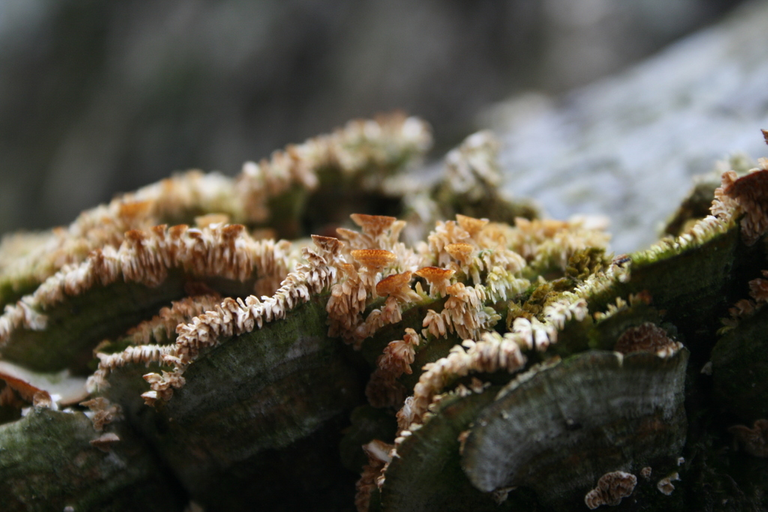
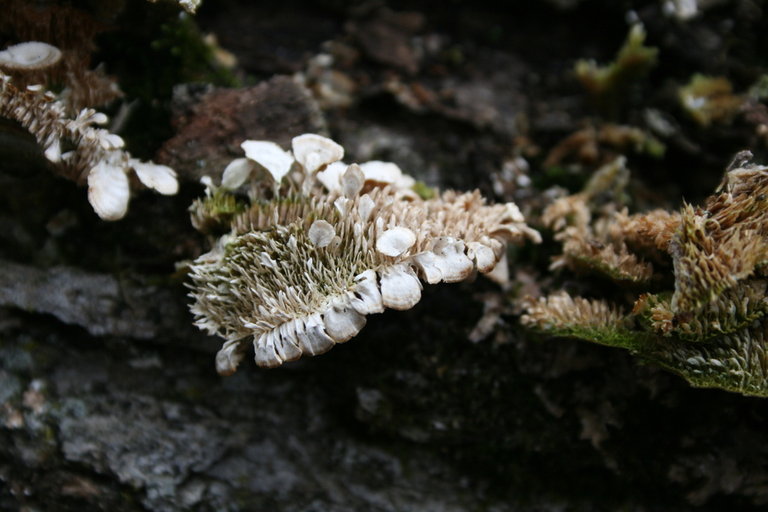
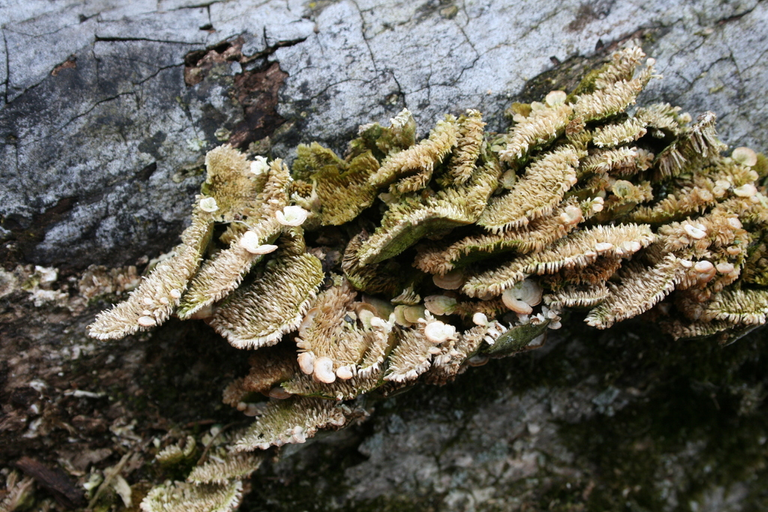
Mossy Maze Polypore (Cerrena unicolor):
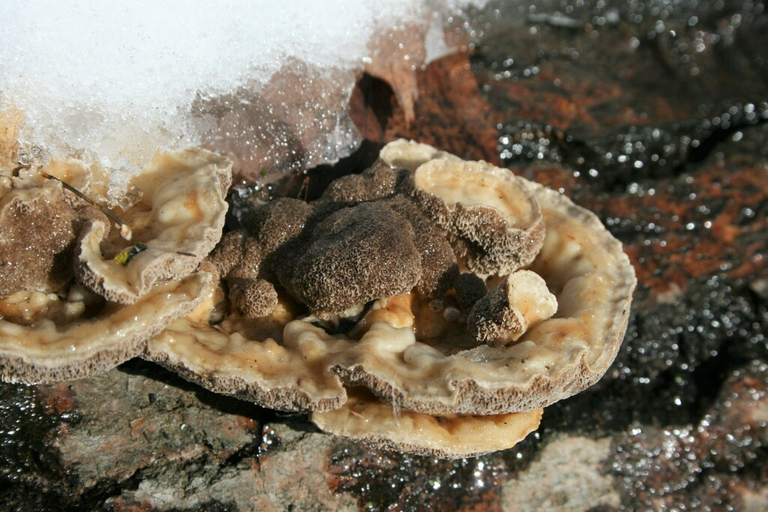
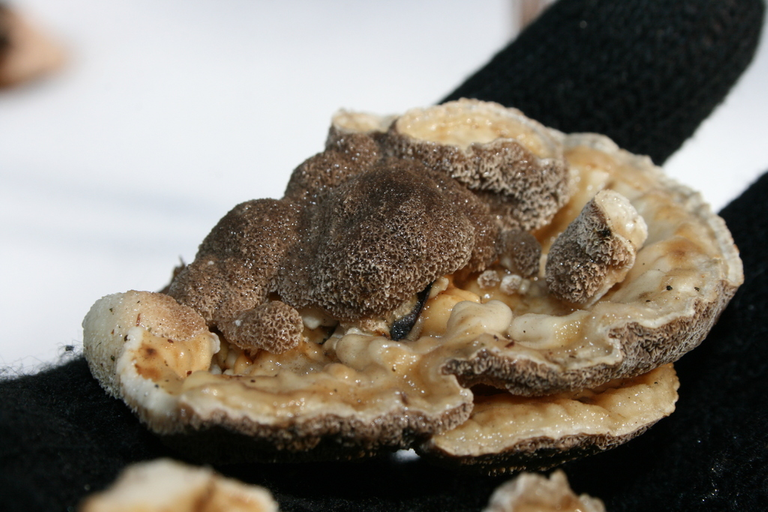
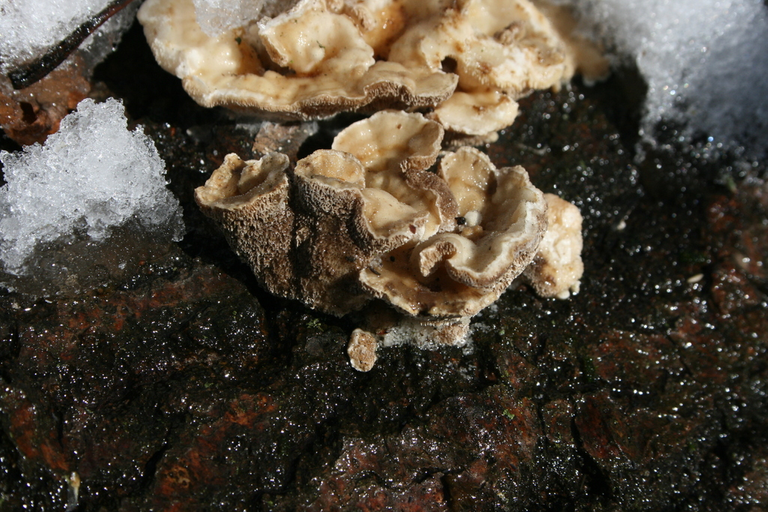
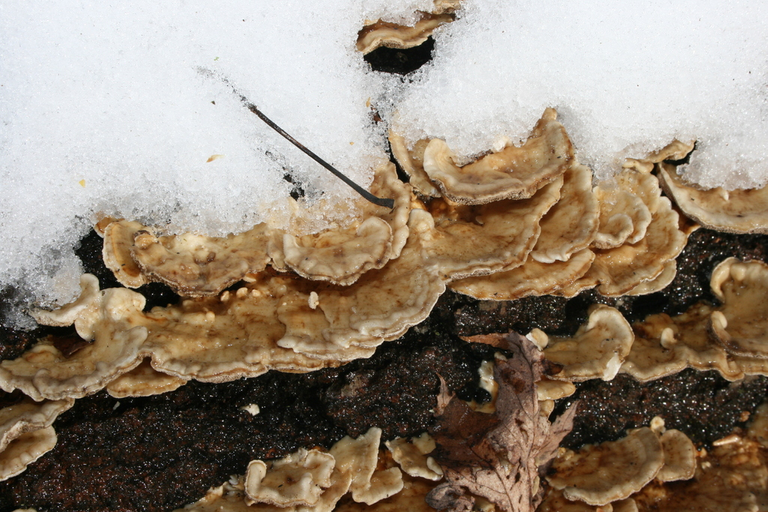
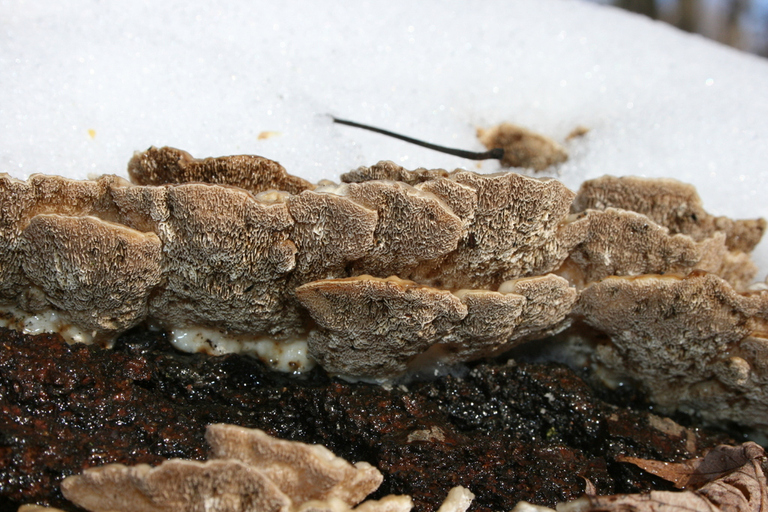
Orchard Toothcrust (Sarcodontia crocea):
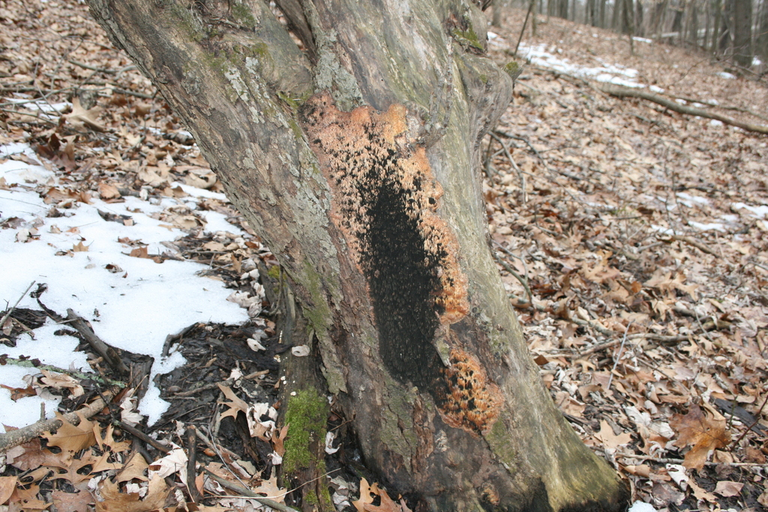
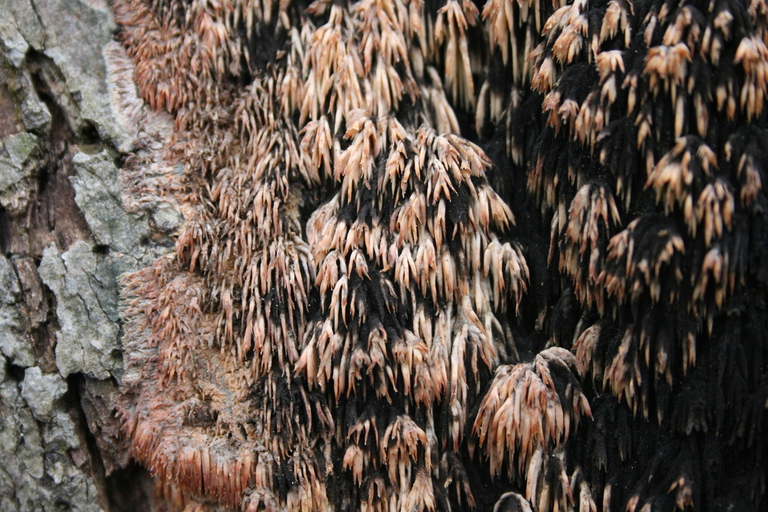

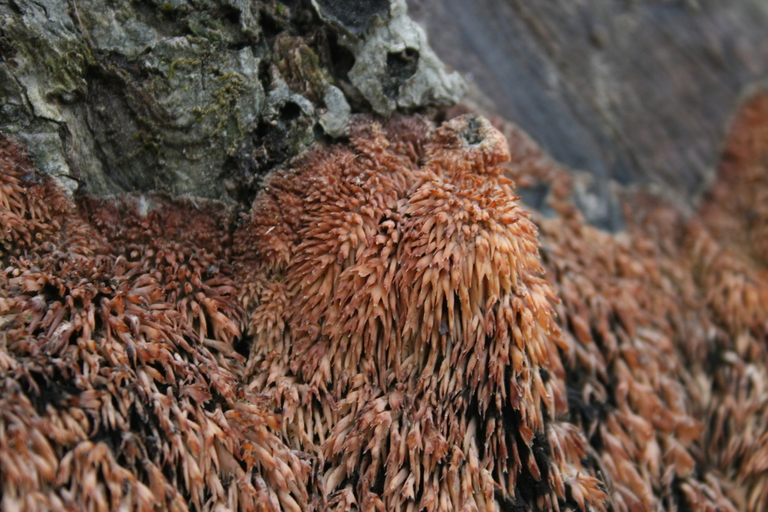
Orange Jelly Spot (Dacrymyces chrysospermus):
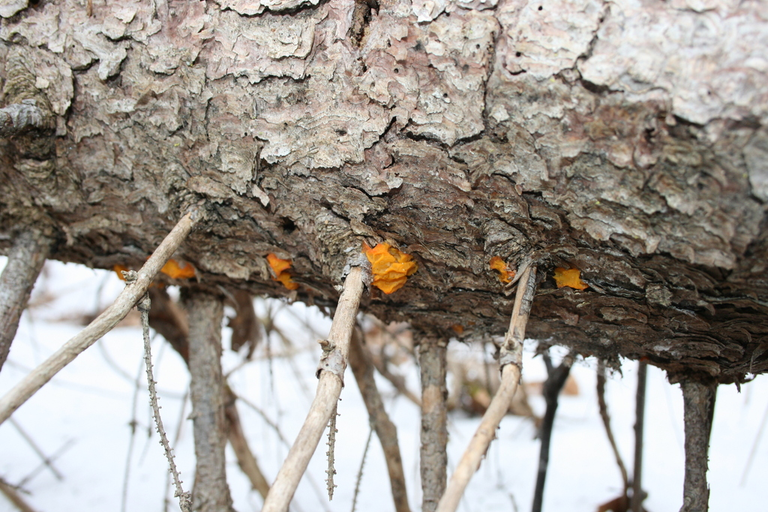
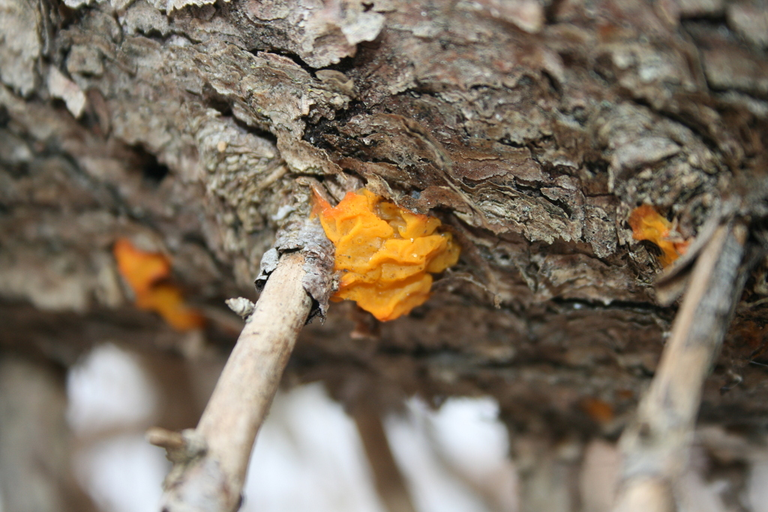
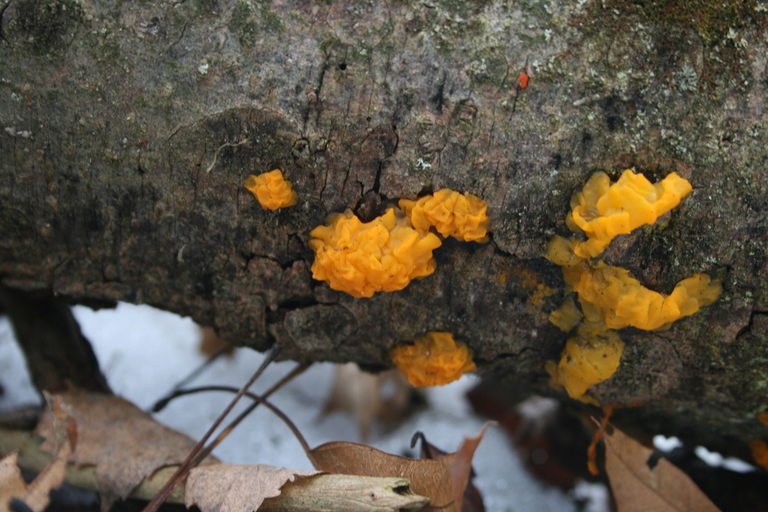
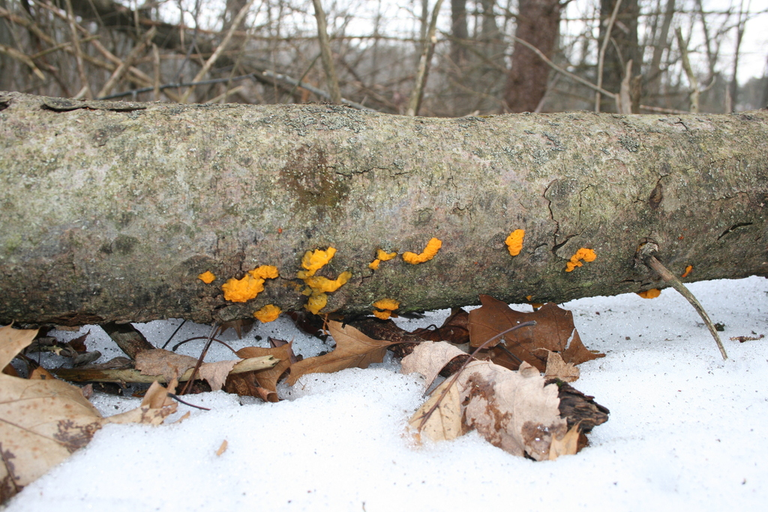
Scurfy Twiglet (Tubaria furfuracea):

Oak Curtain Crust Fungus (Hymenochaete rubiginosa):
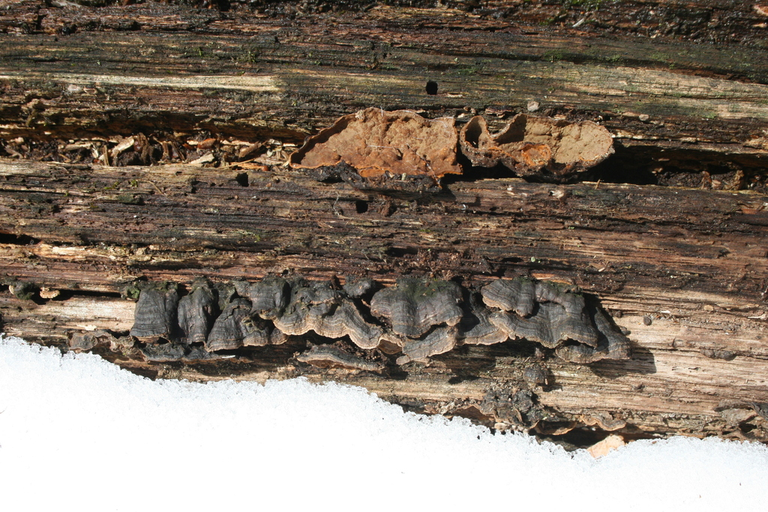
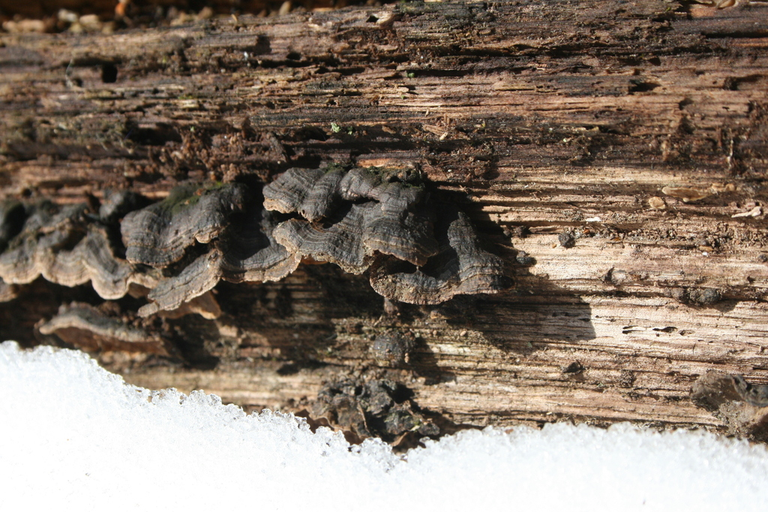
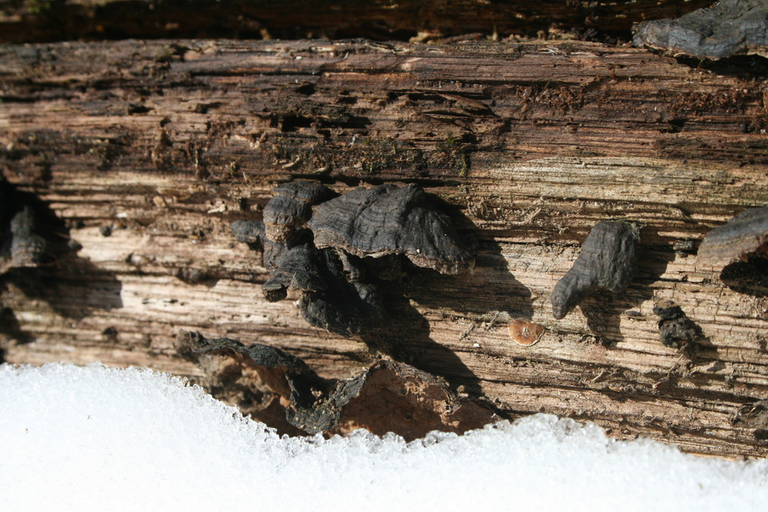
Clustered Bonnet (Mycena inclinata):
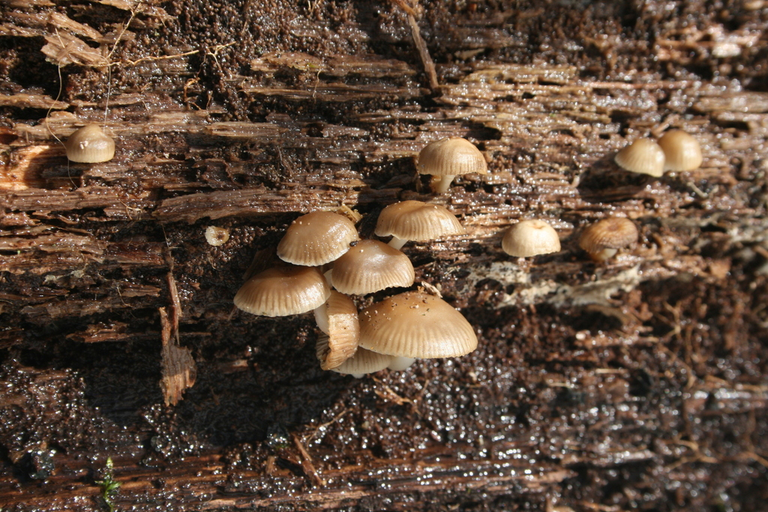
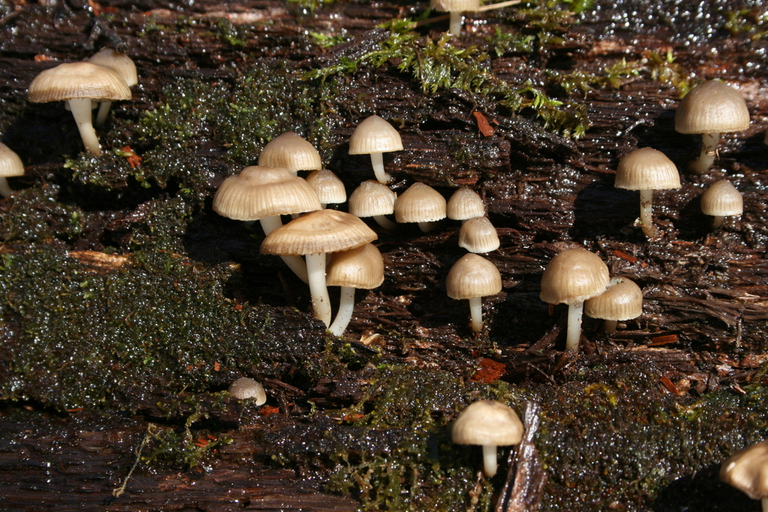
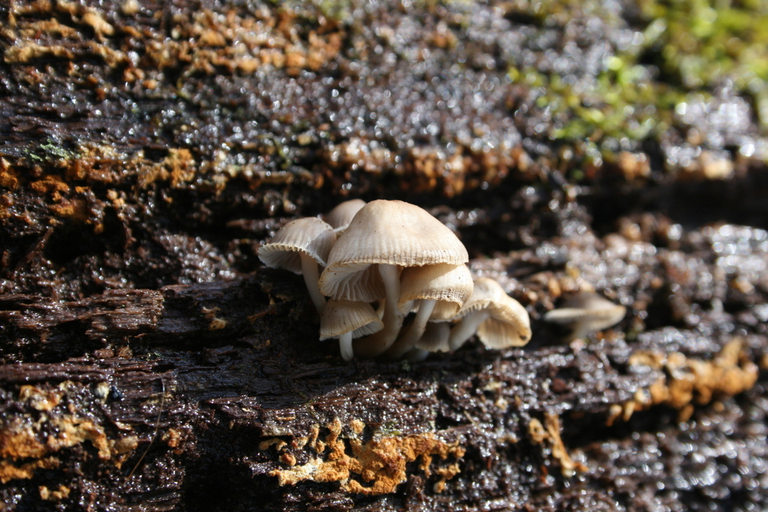
Artist's Bracket (Ganoderma applanatum):
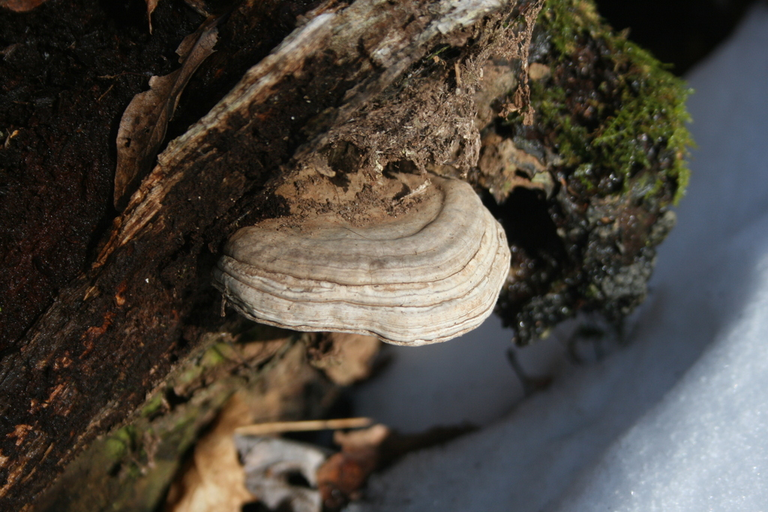
Hypoxylon Canker (Biscogniauxia atropunctata):
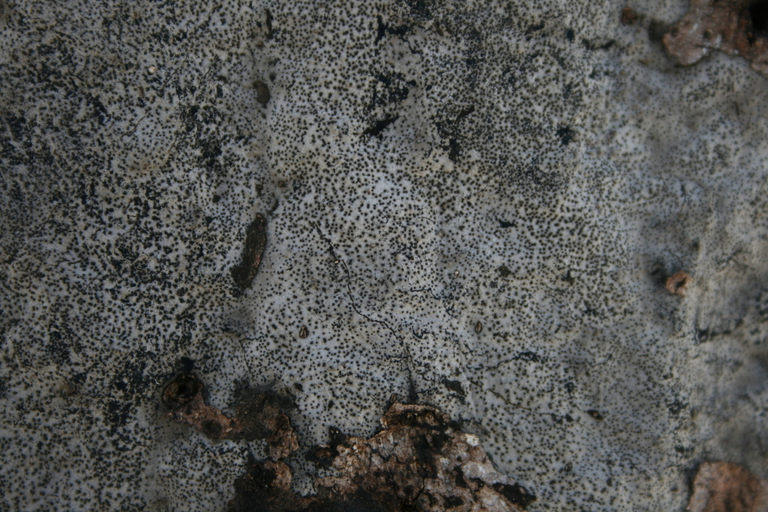
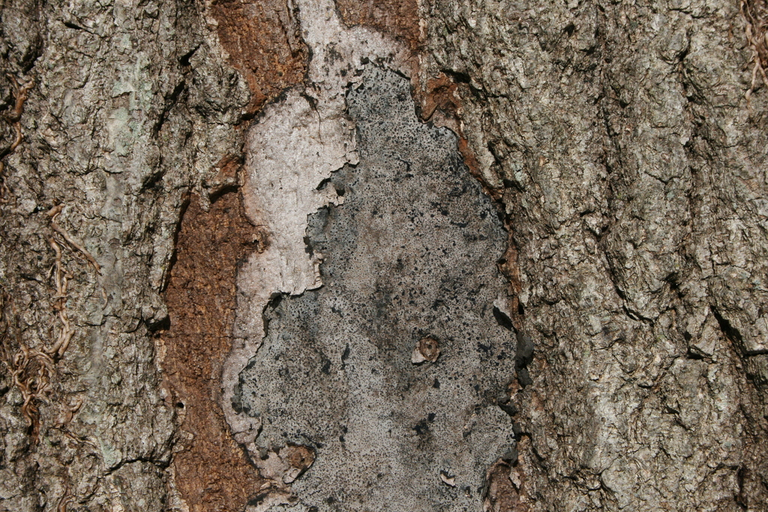
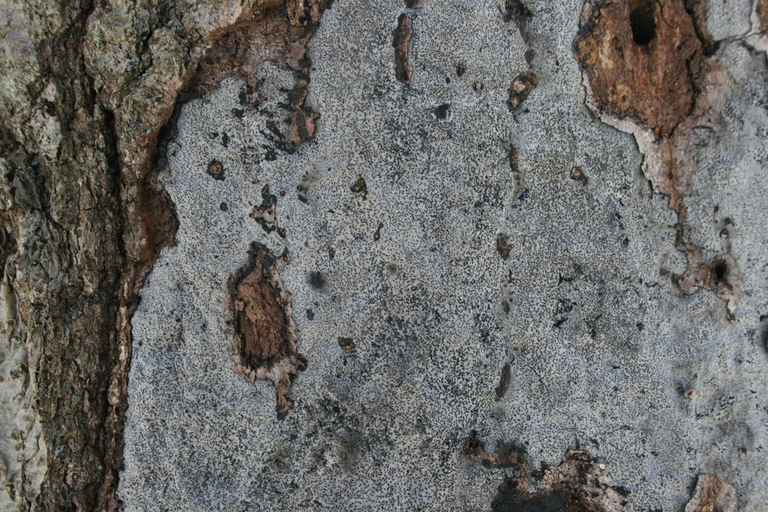
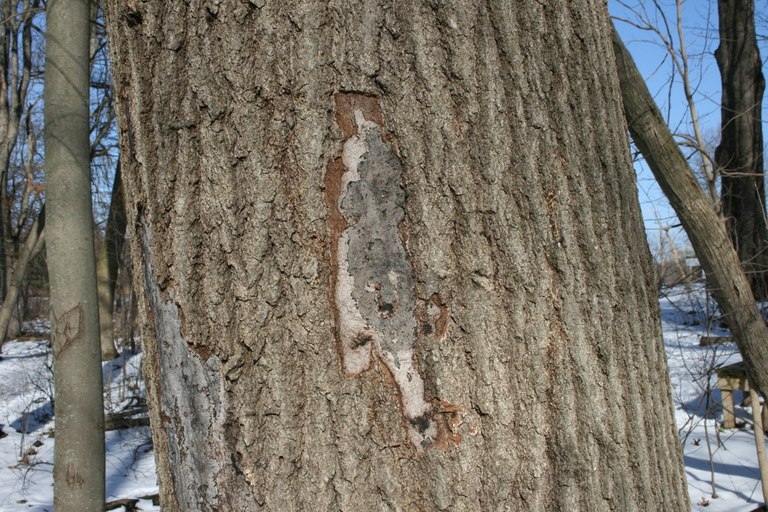
Ochre Spreading Tooth (Steccherinum ochraceum):


Luminescent Panellus (Panellus stipticus):
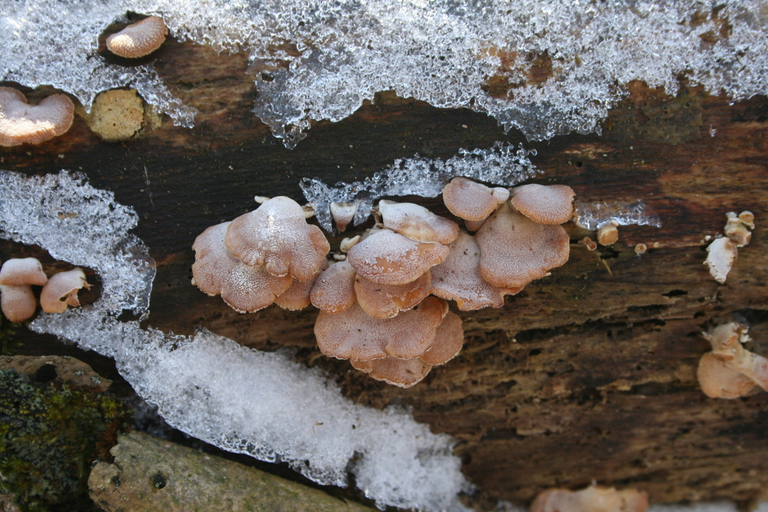
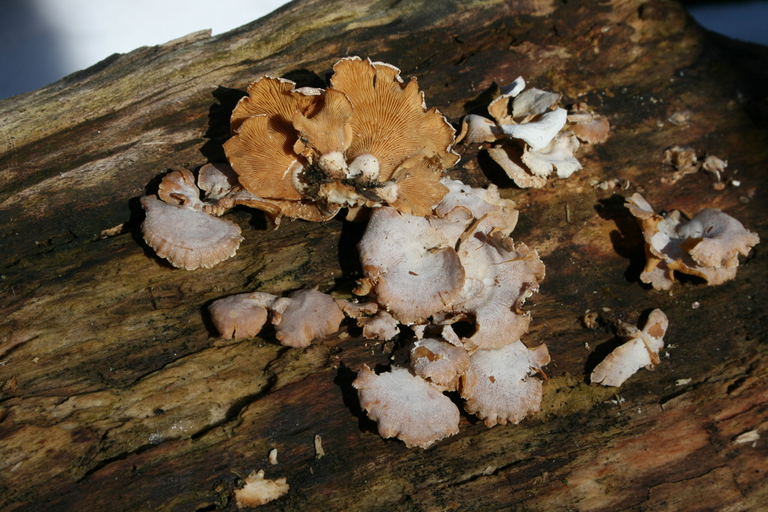
Artist's Bracket (Ganoderma applanatum):
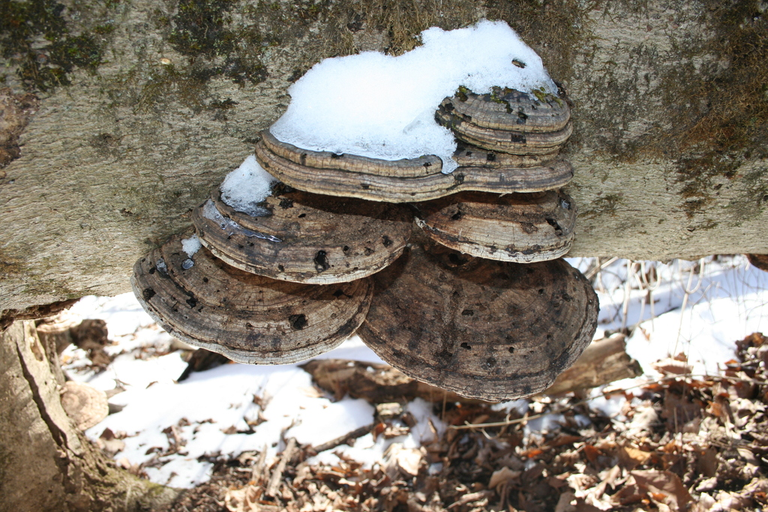
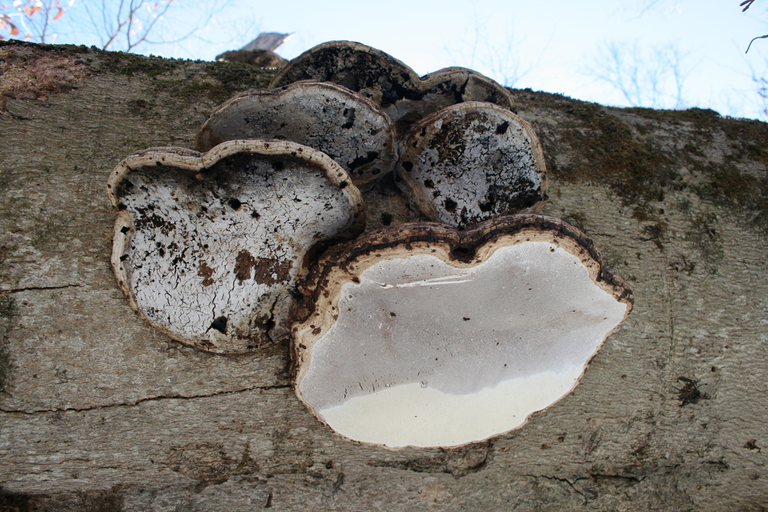
Mustard Yellow Polypore (Fuscoporia gilva):
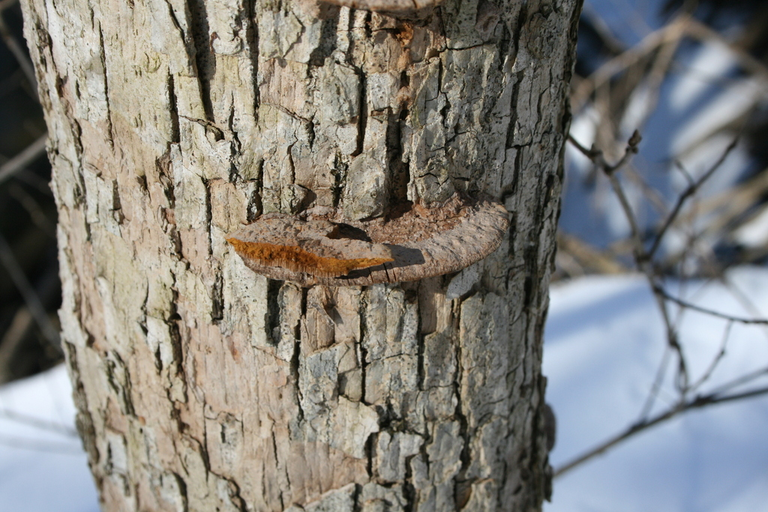
Veiled Polypore (Cryptoporus volvatus):

Powderpuff Bracket (Ptychogaster albus):
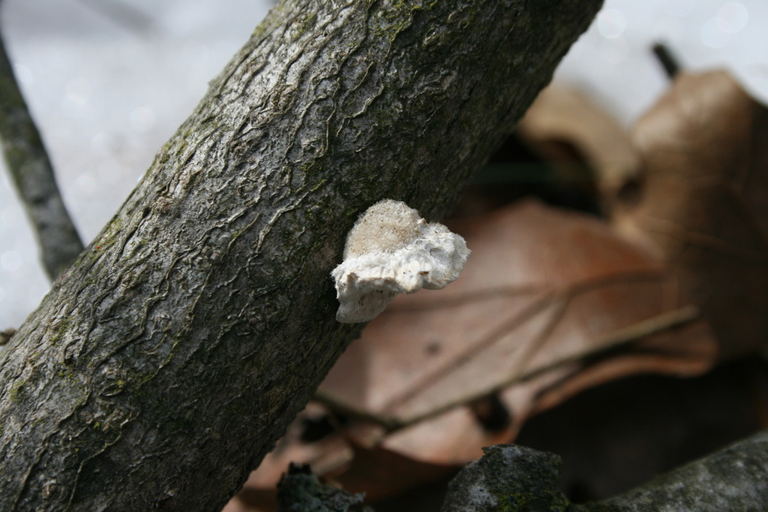
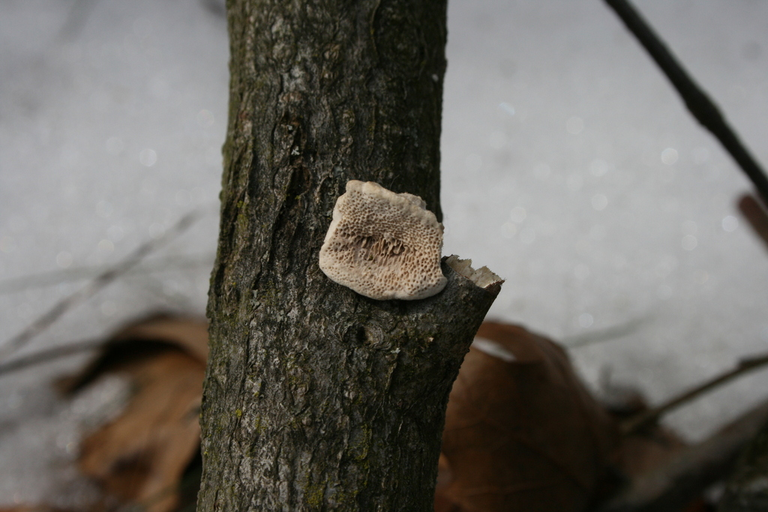
American Amber Jelly Fungus (Exidia crenata):
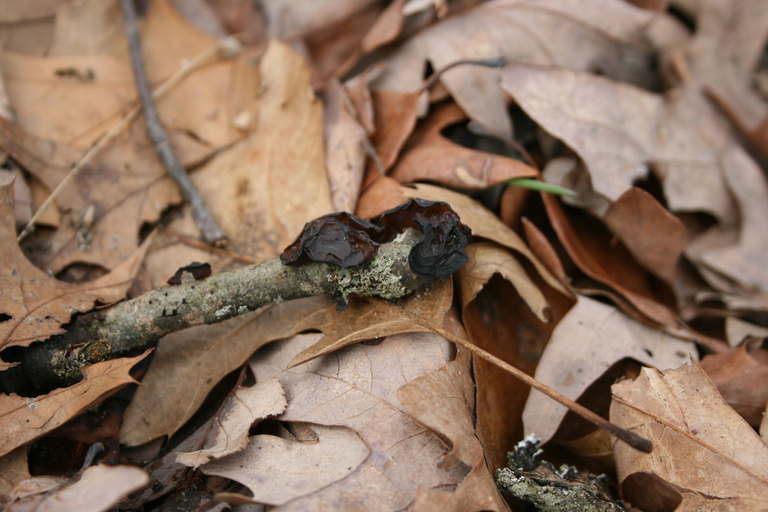

Winter Polypore (Lentinus brumalis):


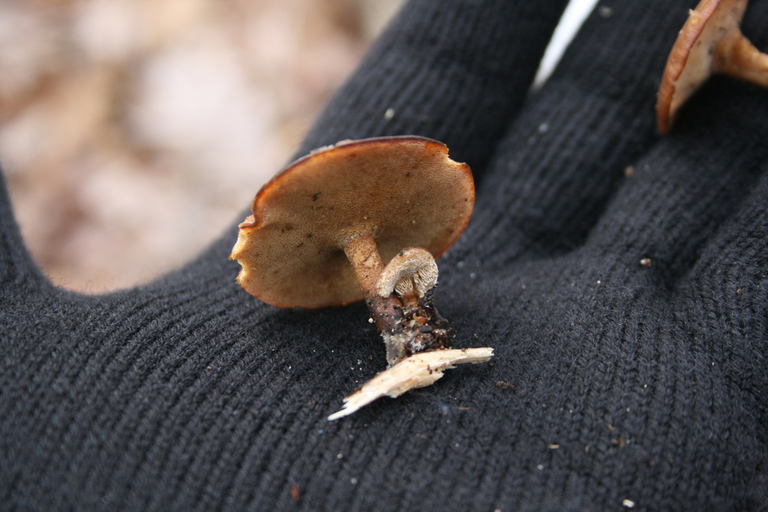
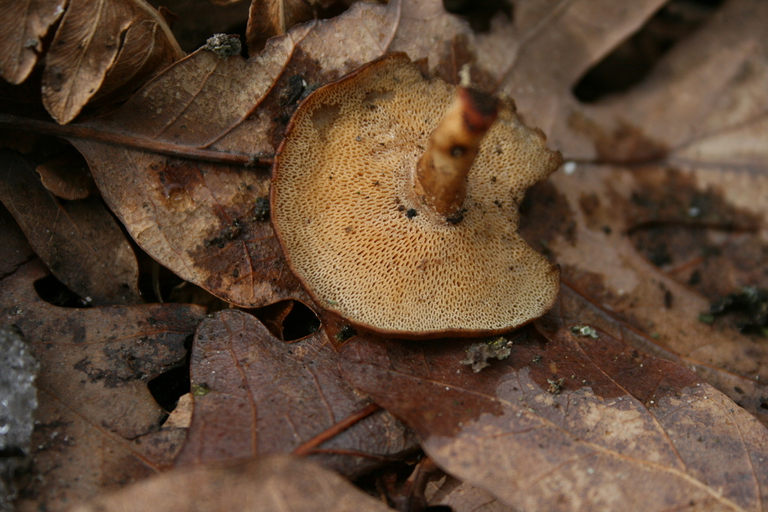
Turkey-Tail (Trametes versicolor):
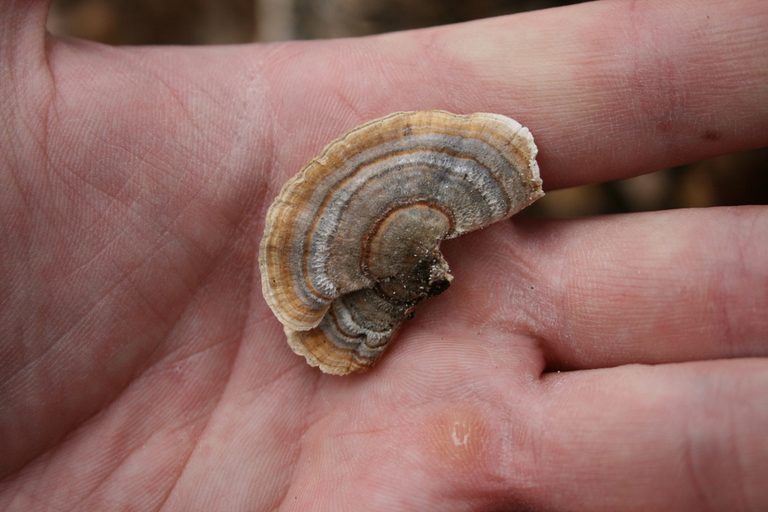
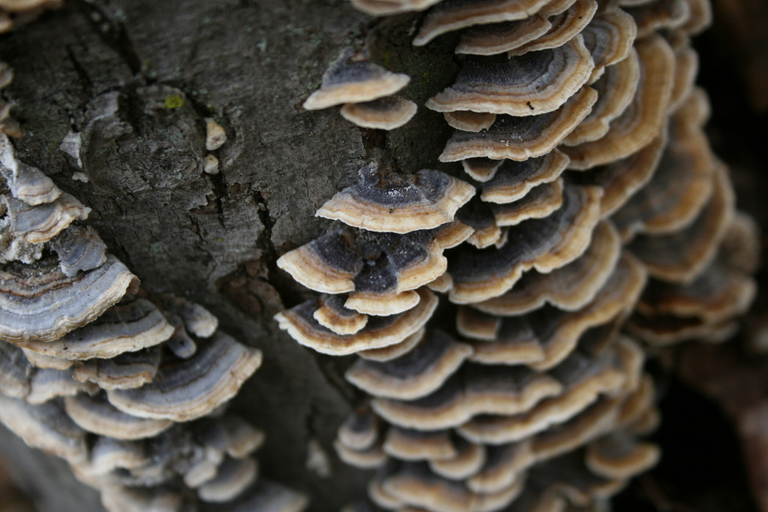
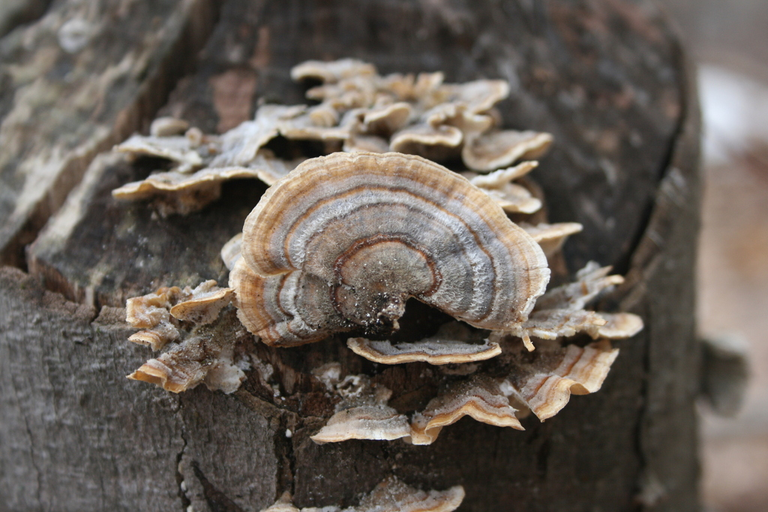
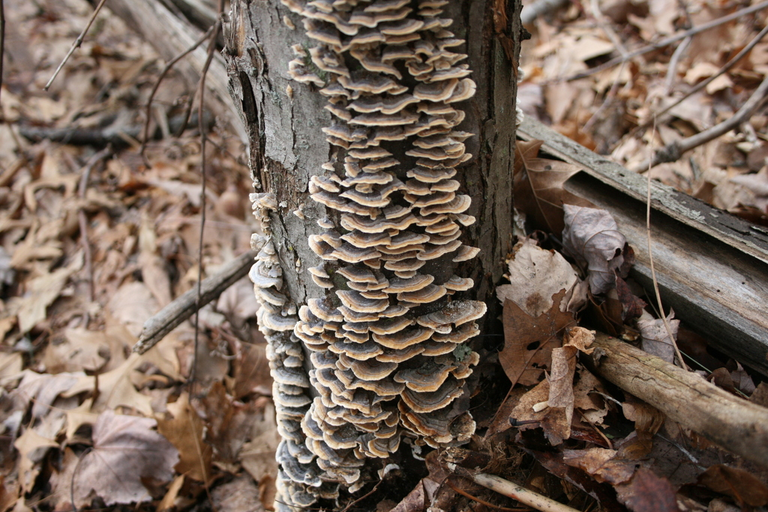
Brown-toothed Crust Fungus (Hydnoporia olivacea):
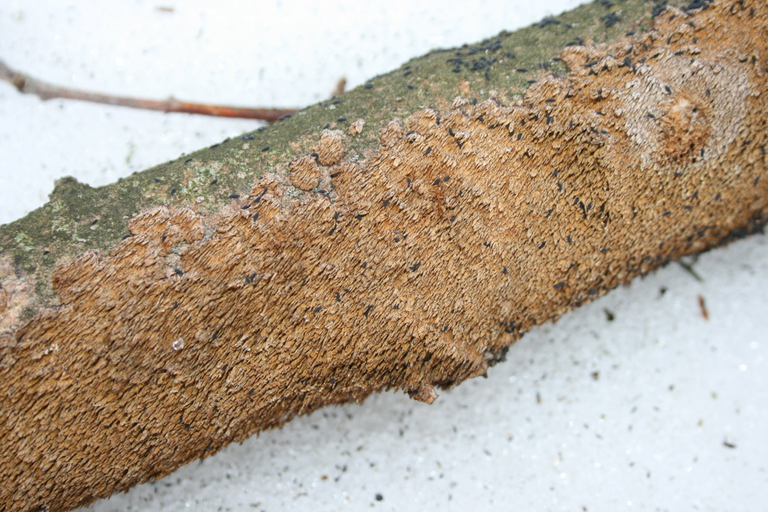
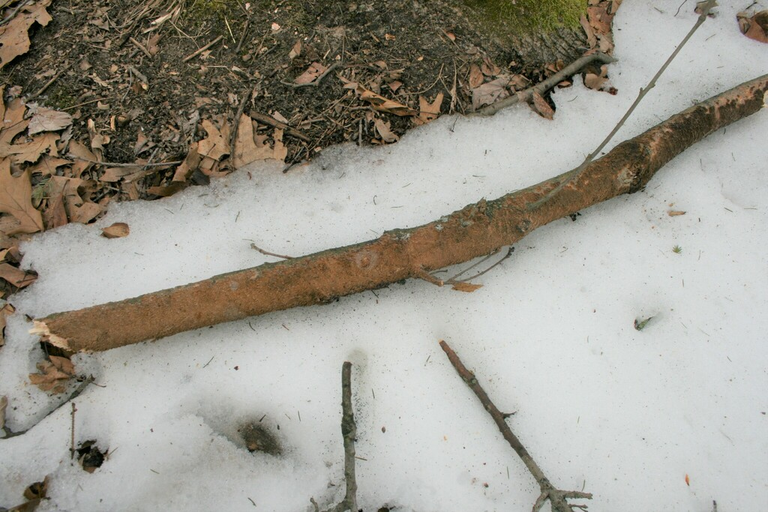
My NFT Showroom gallery: https://nftshowroom.com/tych021/gallery PeakD reflink: https://peakd.com/register?ref=tych021
Publish0x reflink: https://www.publish0x.com?a=M7e58kDYd2
The rewards earned on this comment will go directly to the people( @xoxois ) sharing the post on Twitter as long as they are registered with @poshtoken. Sign up at https://hiveposh.com.
@xoxois I appreciate the reblog, but if you are going to share my posts, and those of others on Twitter, the very least that you can do is give the original creators credit in the tweet. It seems like you are attempting to repost a bunch of other peoples' content as if it was your own to get the poshtoken rewards. If I'm mistaken and this is not the case, please start giving people credit in your Twitter posts. Either way, please do not share my content in this way in the future.
It seems you find it difficult to understand this Poshtoken program, I don't mean what I share on Twitter is mine, instead I invite other people to see the author's post on Hive here, that way the post has a high rating and is most likely to get support from the pope here or OCD. Isn't that beneficial for writers?
But because this has happened, I'm a little disappointed, and maybe I won't share your posts on Twitter anymore, if you feel hurt please forgive me. Thank You. 😌
I'm not hurt - thank you for the reply. I suppose I do not understand the program then; I had been under the impression that all posts must be of your own content, but that does not seem to be the case when reading the language used on the about page (https://join.hiveposh.com/).
That is my mistake, thank you for the clarification.
It's okay, I understand what you don't understand about this, there are some people here who are still cheating, but it doesn't last long.
There are other interesting programs here and you should find out, and gradually you will understand very well about them.